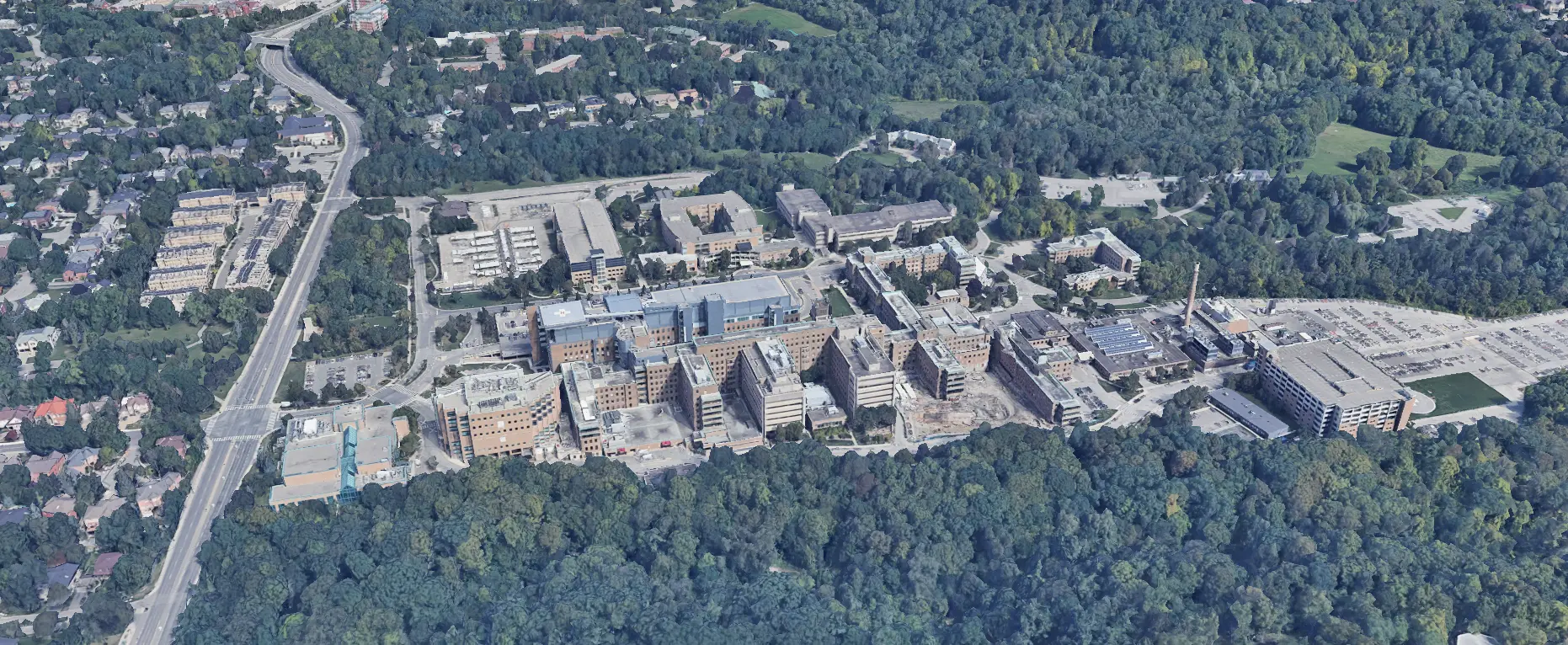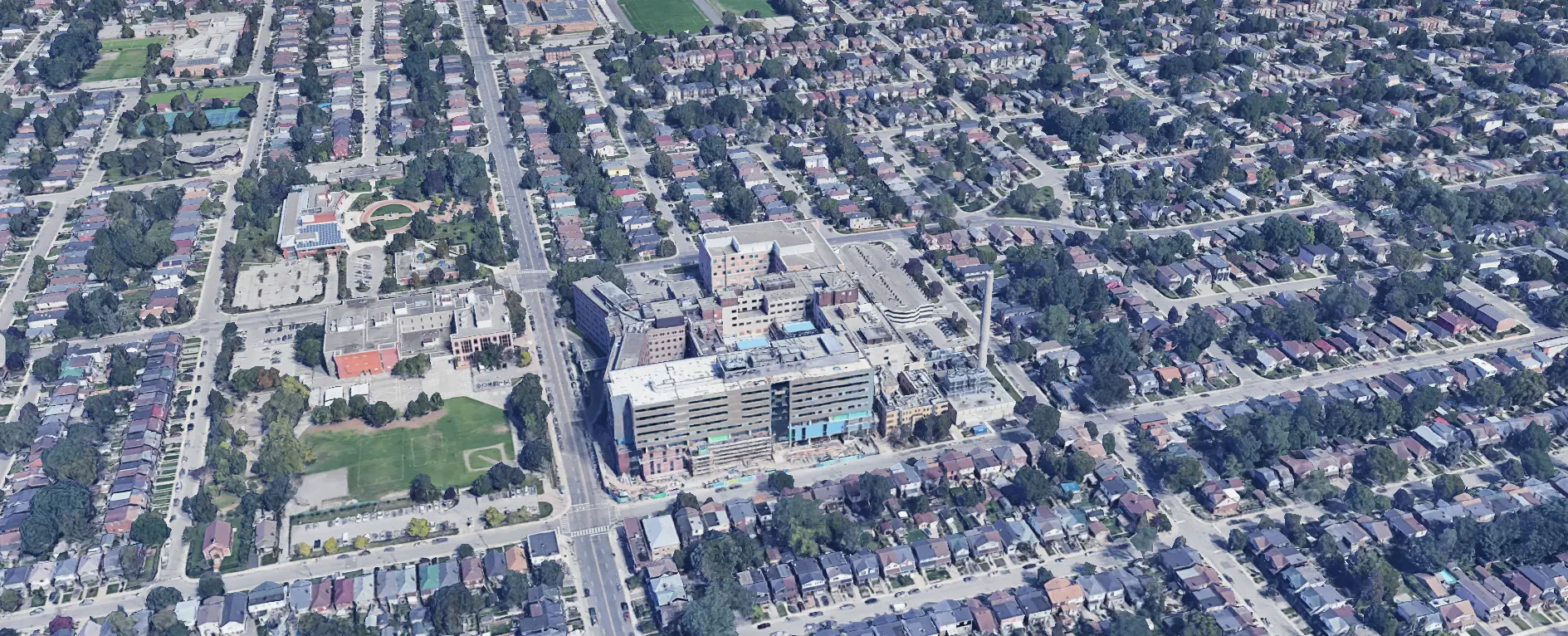Table of Contents
- Introduction
- Definition of "worsened depressive mood"
- Ontario nursing homes with highest percentage of residents with depression
- Ontario nursing homes with lowest percentage of residents with depression
- Considerations for choosing a nursing home
Introduction
Understanding depression in long-term care homes is essential due to its profound impact on residents' well-being, quality of life, and overall health outcomes. Depression is a common mental health condition among elderly residents in these settings, often exacerbated by factors such as social isolation, the loss of loved ones, or the transition from independent living to a care environment. This condition can significantly affect an individual’s emotional and physical health, potentially leading to increased morbidity, a higher risk of chronic diseases, and impaired functioning.
The significance of monitoring depressive symptoms in long-term care homes lies in the necessity to provide effective mental health support and interventions that can improve residents' life quality. Regular assessment of depressive moods helps in identifying residents who may be suffering in silence, enabling timely and appropriate therapeutic responses. Such assessments are crucial for tailoring care plans that not only address physical health but also mental health needs, ensuring a comprehensive approach to care.
Furthermore, tracking the prevalence and severity of depression within these facilities can guide improvements in care practices, staff training, and the allocation of resources, ensuring that mental health care is an integral part of the overall care strategy. Understanding and addressing depression effectively also contributes to a more supportive and positive environment, which is vital for the mental and emotional health of all residents.
Definition of "worsened depressive mood"
Depressive mood in long-term care facilities is measured by calculating the percentage of residents whose symptoms of depression have worsened since their previous assessment. This measurement employs the Depression Rating Scale (DRS), a tool that quantifies depressive symptoms based on seven indicators related to depression, anxiety, and sad mood observed over the past 30 days.
The calculation involves comparing DRS scores from a target assessment with those from a prior assessment. The numerator in this measurement includes residents who have shown an increase in their DRS score, indicating a worsening condition. The denominator comprises all residents who have undergone valid assessments during the specified period.
Certain exclusions apply to this measurement to ensure accuracy: residents who are comatose are excluded, as well as residents whose prior DRS score was 14, the maximum score, since no further worsening can be measured from this point.
In terms of performance, a lower percentage is considered better, reflecting fewer cases of worsening depressive symptoms among the residents.
Ontario nursing homes with highest percentage of residents with depression
Below are five top nursing homes with the highest percentage of residents with symptoms of depression.
- 🥇 Valley Park Lodge ranks first at 54.3% for the highest percentage of residents with depression
- 🥈 Lakeview Manor ranks second at 49.9% for the highest percentage of residents with depression
- 🥉 Valley Manor ranks third at 44.9% for the highest percentage of residents with depression
- Millennium Trail Manor ranks fourth at 44.2% for the highest percentage of residents with depression
- William A. "Bill" George Extended Care Facility ranks fifth at 42.4% for the highest percentage of residents with depression
Ontario nursing homes with lowest percentage of residents with depression
Below are five top nursing homes with the lowest percentage of residents with symptoms of depression.
- 🥇 The Heritage Nursing Home ranks first at 1.7% for the lowest percentage of residents with depression
- 🥈 Cummer Lodge ranks second at 2% for the lowest percentage of residents with depression
- 🥉 Tsi Ion Kwa Nonh So: Te ranks third at 2.1% for the lowest percentage of residents with depression
- Willows Estate ranks fourth at 2.2% for the lowest percentage of residents with depression
- Fountain View Care Community ranks fifth at 2.9% for the lowest percentage of residents with depression
Considerations for choosing a nursing home
When selecting a nursing home, it is crucial to consider information about the prevalence and management of worsening depressive mood among residents. This factor is indicative of the facility's effectiveness in addressing mental health issues and maintaining the emotional well-being of its occupants.
Prospective residents and their families should inquire about the facility's procedures for monitoring depressive symptoms and the strategies employed to mitigate them. Key aspects to examine include the frequency and methodology of mental health assessments, specifically whether the facility uses standardized tools like the Depression Rating Scale (DRS) to detect changes in mood. Additionally, it is important to understand how the facility integrates these findings into personalized care plans.
The rate of worsening depressive mood, as reported by the nursing home, provides insights into the overall mental health environment of the facility. A lower rate of worsening depressive mood suggests better management and support for residents facing mental health challenges. Conversely, a higher rate may indicate potential areas for improvement in care or gaps in staff training and resources.
Furthermore, understanding the specific interventions used to address depressive symptoms—such as psychological counseling, psychiatric care, social activities designed to enhance engagement, and medication management—is essential. These measures reflect the nursing home's commitment to comprehensive care and its capacity to maintain a supportive and nurturing environment for all residents.















